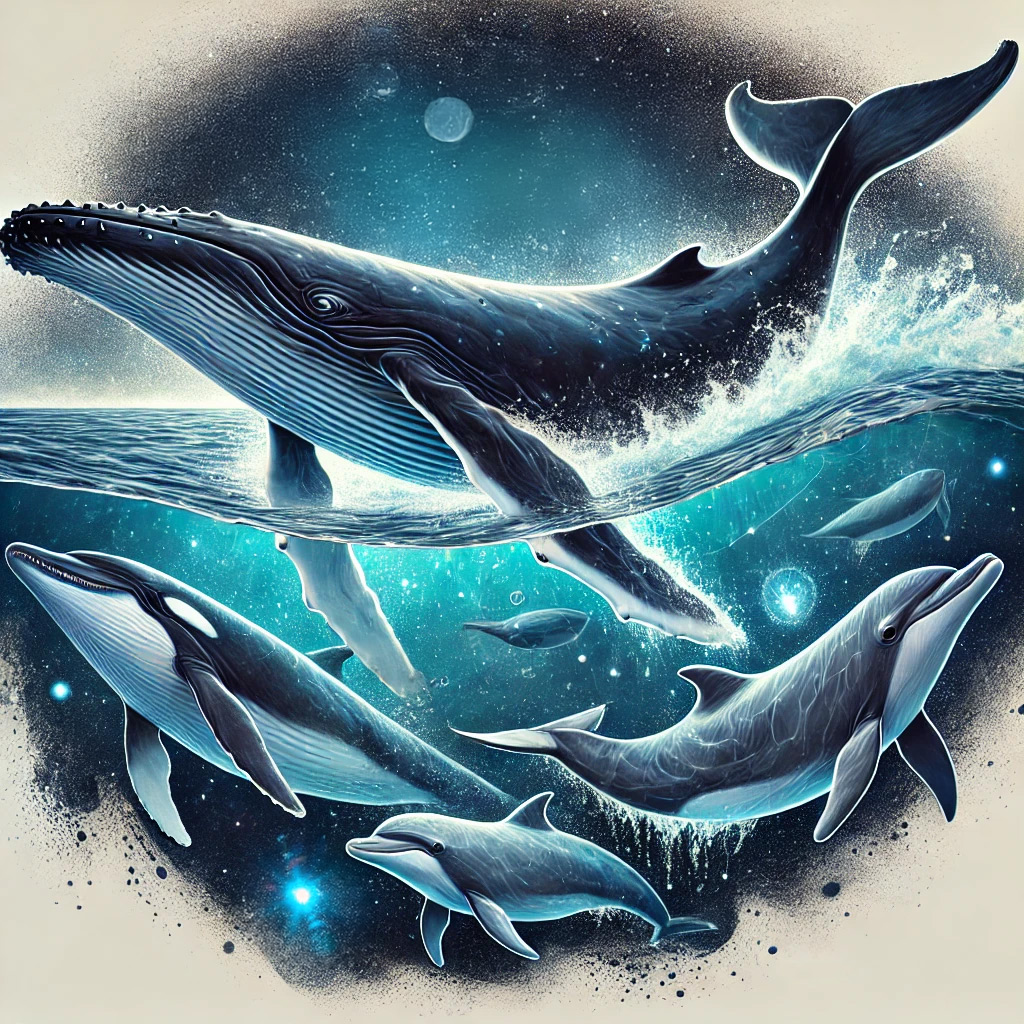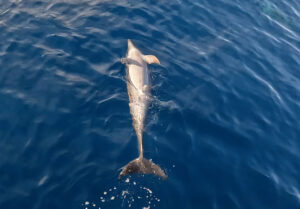Ancient Polynesians believed whales and dolphins swimming together symbolized the connection between the heavens and the sea, as their movements mirrored the stars.
For centuries, the magnificent interplay between whales and dolphins has captivated the human imagination. These marine mammals, gliding gracefully through the ocean, have inspired countless myths and legends. Among them, ancient Polynesian cultures believed their synchronized swimming symbolized a profound connection between the heavens and the seas, reflecting the constellations’ timeless movements. But what lies beneath this enchanting connection? Let’s dive into the fascinating relationship between these aquatic giants and explore the wonders of their existence.
1. The Relationship Between Whales and Dolphins
Whales and dolphins share more than just a habitat—they belong to the same scientific order, Cetacea, which encompasses creatures renowned for their intelligence and complex social behaviors. Despite differences in size and species, these marine mammals often form cooperative alliances. Dolphins, for instance, may follow whales to scavenge scraps of prey or locate food-rich waters. Whales, in turn, benefit from dolphins’ sharp instincts and ability to detect danger.
Beyond practical benefits, their interactions are a spectacle to behold. Pods of dolphins have been seen swimming alongside majestic humpback whales, their movements almost choreographed, sparking the imagination of onlookers. Scientists suggest this camaraderie is a testament to the rich social lives of both animals, emphasizing collaboration over competition in the vast ocean.
2. The Unique Breathing Mechanism of Whales and Dolphins
Both whales and dolphins are mammals, which means they must surface for air to survive. They breathe through a specialized structure called a blowhole, located on the top of their heads. This adaptation allows them to effortlessly draw oxygen while swimming close to the water’s surface.
Unlike humans, whose breathing is automatic, cetaceans breathe consciously. They must surface intentionally to inhale, making every breath a deliberate act. This conscious breathing enables them to dive to great depths and stay underwater for extended periods—an ability that has further fueled their mystical reputation as creatures of both the sea and air.
Why Whales and Dolphins Inspire Awe
Whales and dolphins hold a special place in human culture and science for several reasons:
- Intelligence: Dolphins are known for problem-solving and communication, while whales exhibit intricate songs to communicate across vast distances.
- Mythology: Ancient Polynesians believed these animals were messengers between gods and mortals, mirroring the harmony of nature.
- Social Structure: Both whales and dolphins display deep emotional bonds, traveling in pods that often resemble close-knit families.
A Dance Written in the Stars
The enduring bond between whales and dolphins serves as a reminder of the intricate connections that tie nature together. From ancient myths to modern science, their synchronized movements inspire awe and symbolize harmony across the elements. As you gaze upon the ocean, remember this celestial dance—a testament to the beauty and unity of life, both above and below the waves.











